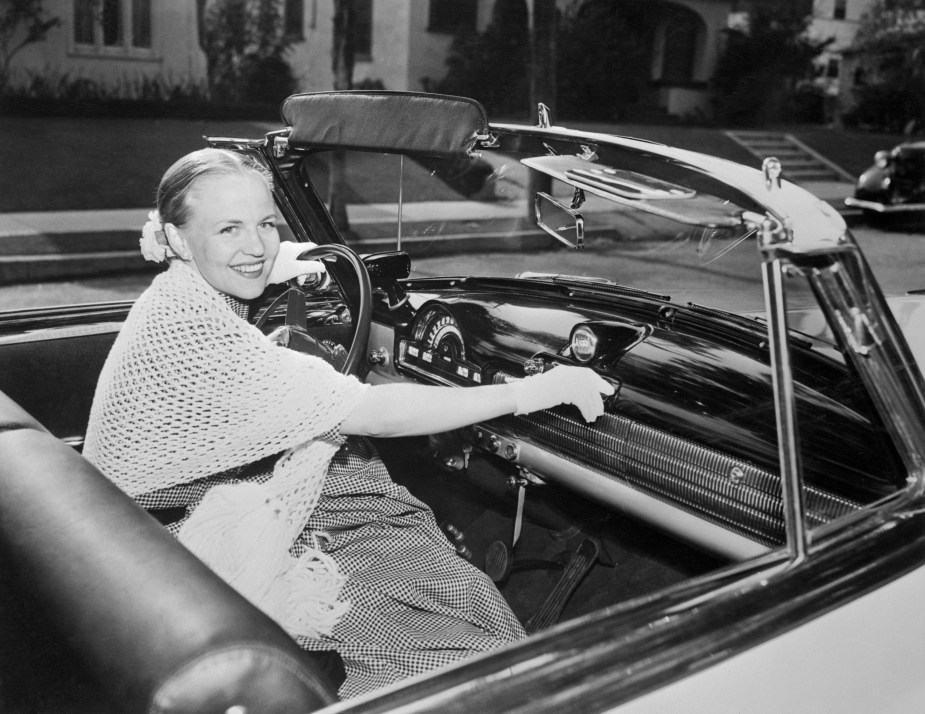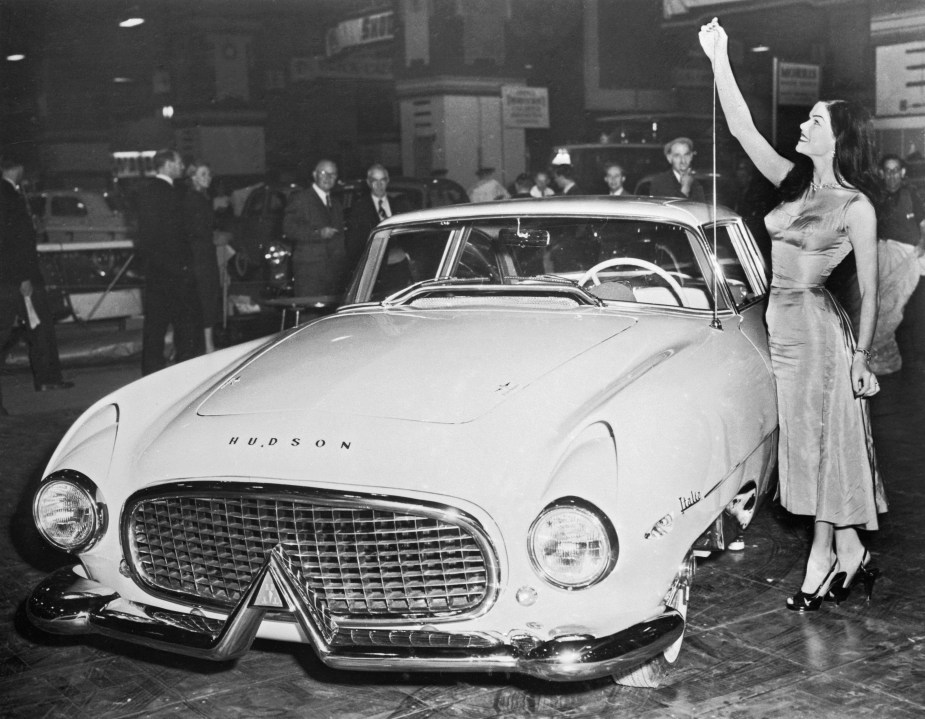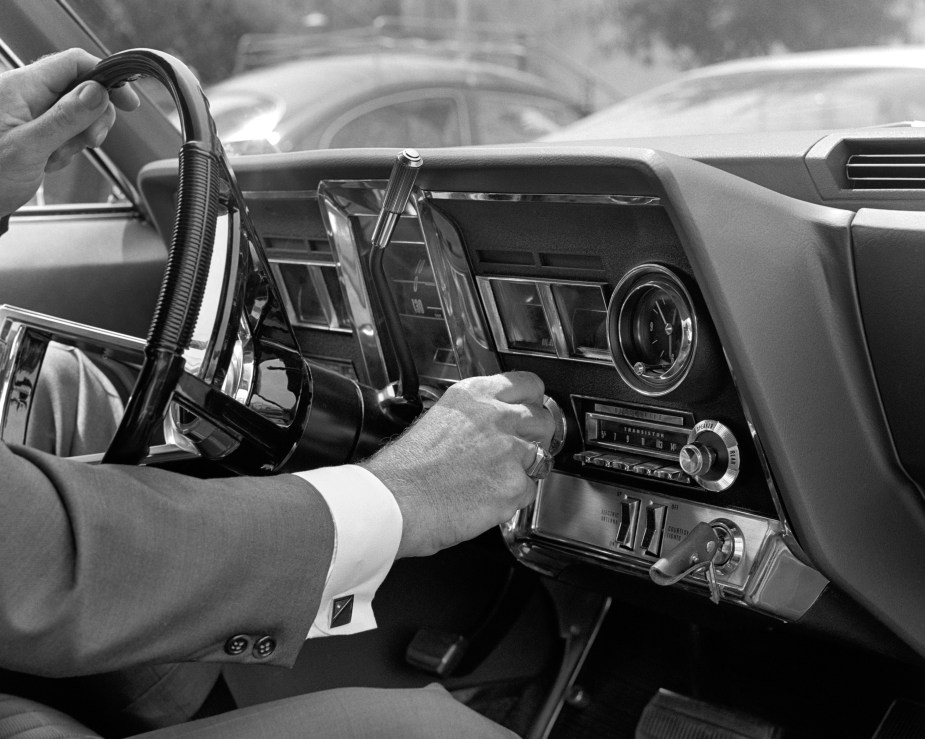
Should Automakers Eliminate AM Radio? Many Already Have
Whether you use it or not, AM radio has been available to the car-buying public since the 1920s. It’s one of those staples like a heater or an ashtray. Oh wait, are there ashtrays in cars anymore? Anyway, with the proliferation of electric vehicles, electromagnetic interference from the electric motors powering the drive wheels is causing problems with AM reception. Would you miss it?
Why is AM radio a car accessory?

Maybe you wouldn’t, but drivers in more rural areas use it. That’s because AM signals follow the curve of the earth. So they travel farther, getting into areas with limited or no radio reception. Sometimes, they can pogo stick around, bouncing off of the ionosphere, and can travel around the world.
Especially at night, AM radio waves are much stronger because of how the ionosphere affects them during the night versus the day. AM signals have very similar wavelengths to the frequencies that an electric motor generates. The more power electric motors have, the more interference they create.
Who needs AM when there’s FM radio

FM waves are shorter, and go out in straight lines. That’s why sometimes, you can’t pick up a favorite local FM station around downtown highrises. They block the radio signals.
Some automakers have had enough with the interference problems AM reception has in EVs. Companies like Tesla, Porsche, Audi, Volvo, and BMW, have already eliminated AM radio in their electric cars. They say the interference causes static and crackling sounds, distortion, buzzing, and signals fading. So they have been eliminating the accessory altogether
Which company stopped putting AM radio in its cars?

Tesla originally offered AM radio in the Model S sedan when it was introduced in 2012. But it eliminated it for its 2018 models. BMW makes AM available in its hybrids but has never offered it in either its i3 or i8. Eliminating AM radio in its i3 when it was introduced in 2014, BMW became the first to do so.
When the Porsche Taycan debuted, it didn’t offer AM as well. Engineers say countering interference problems would entail adding weight, complexity, and higher prices. Shielding cables and wires and adding insulation were some of the ways they tried to address problems. None of the companies have similar problems with internet streaming along with FM radio reception.
According to Automotive News, specifically, Volvo and BMW say that when power is drawn from batteries, it generates too much interference on the AM band. So each has eliminated it. Some of their gas-powered vehicles still offer the AM frequency.
Will Ford and GM eliminate it?

It asked Ford and GM about their plans for AM radio in vehicles. Both told AN that they’re keeping it, at least, for now. All of their EV products have AM radio. None has found owners complaining about reception or interference problems.
But in Europe, AM radio is on life support. That might be another reason some companies are eliminating it. AM radio in the U.S. is still a viable medium, though it has lost favor over the years. Some of the reason is because of how the FCC regulates AM and FM signals. Other reasons are because of how stations program their frequencies.
In a survey of U.S. car owners conducted last year, 89 percent think that radio, be it AM or FM, should remain standard equipment. For the same survey, 84 percent thought USB ports should be standard equipment.



